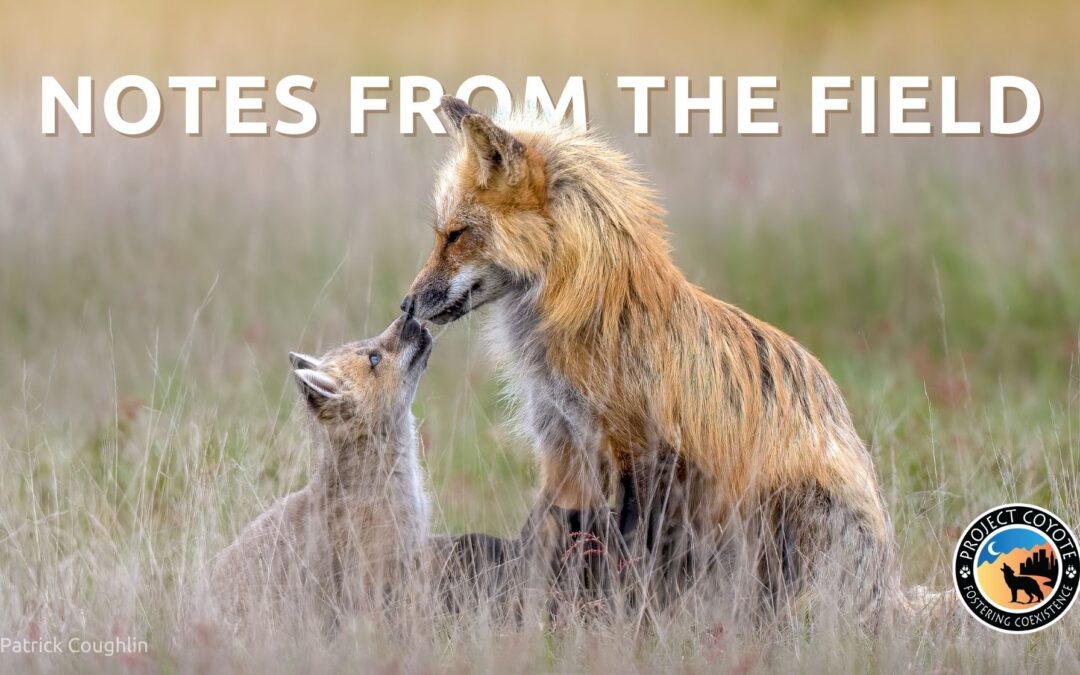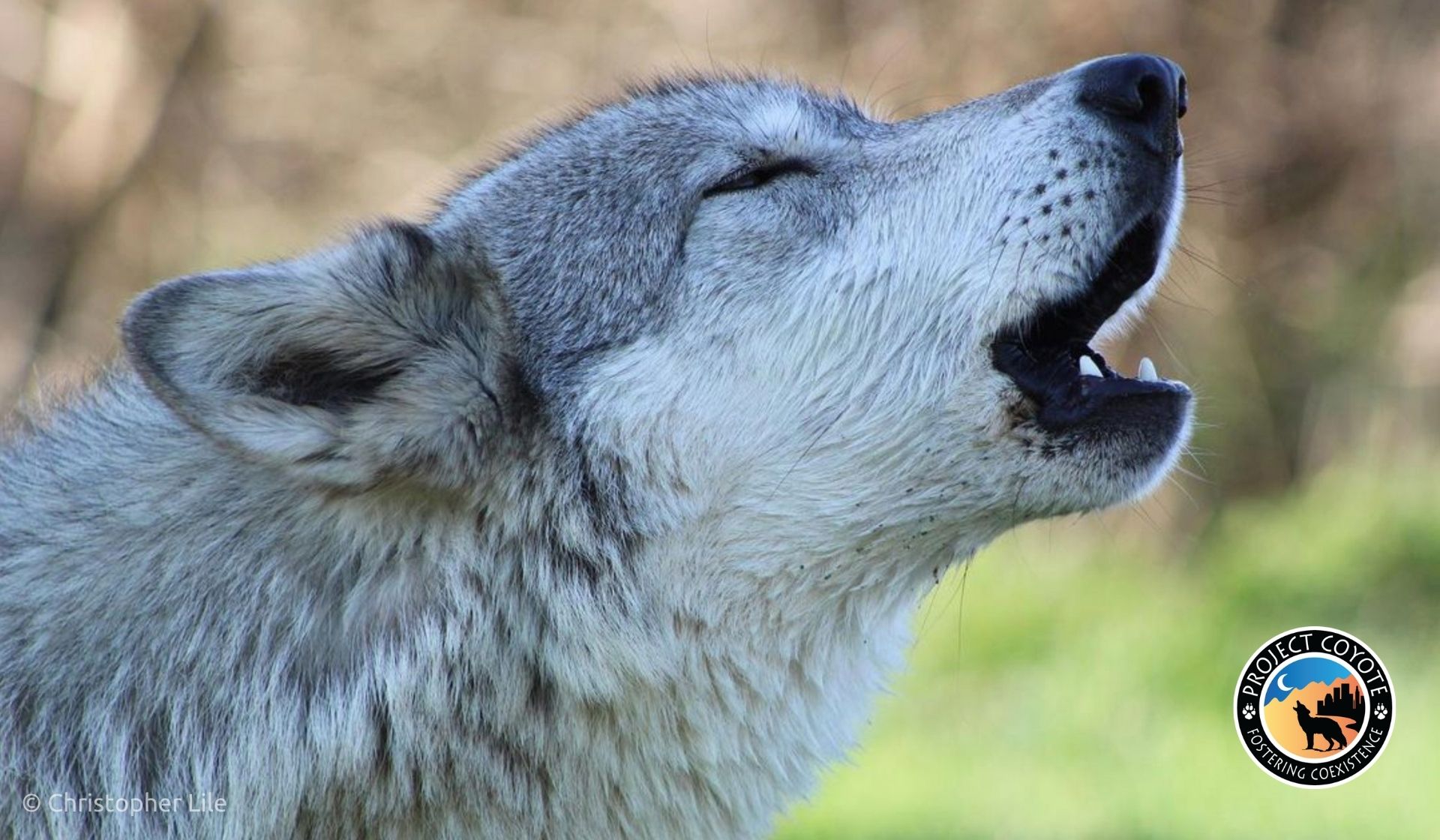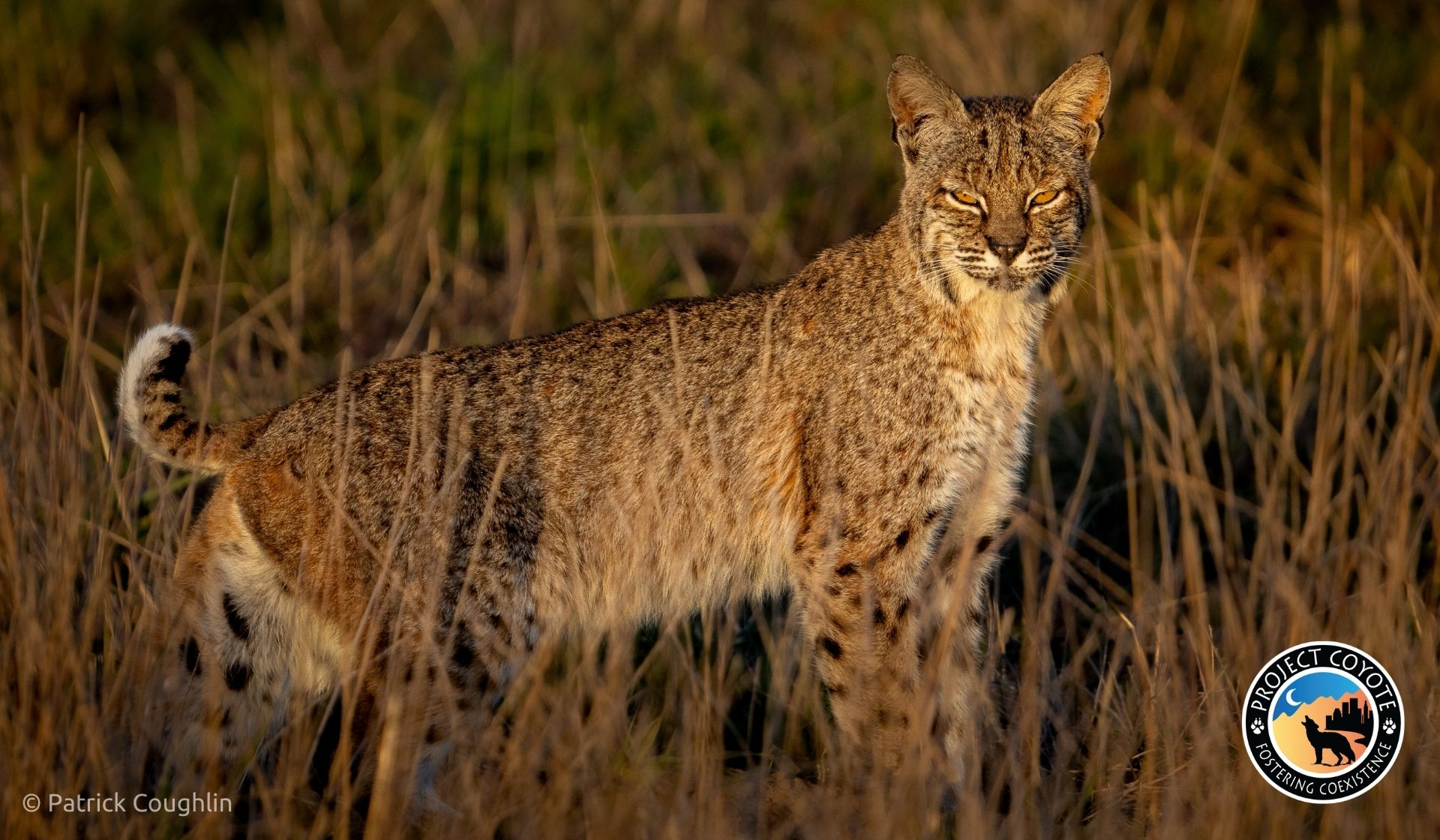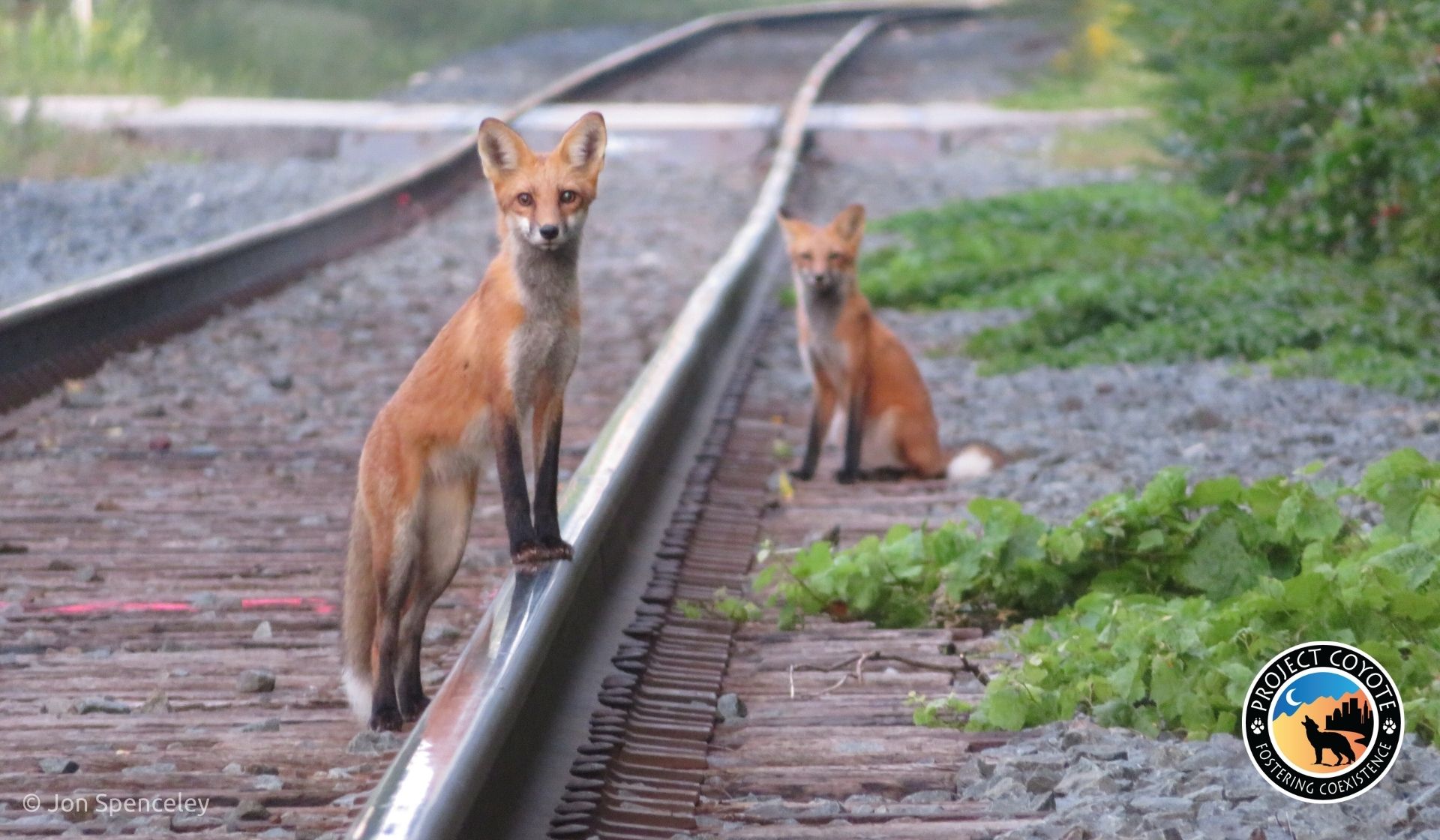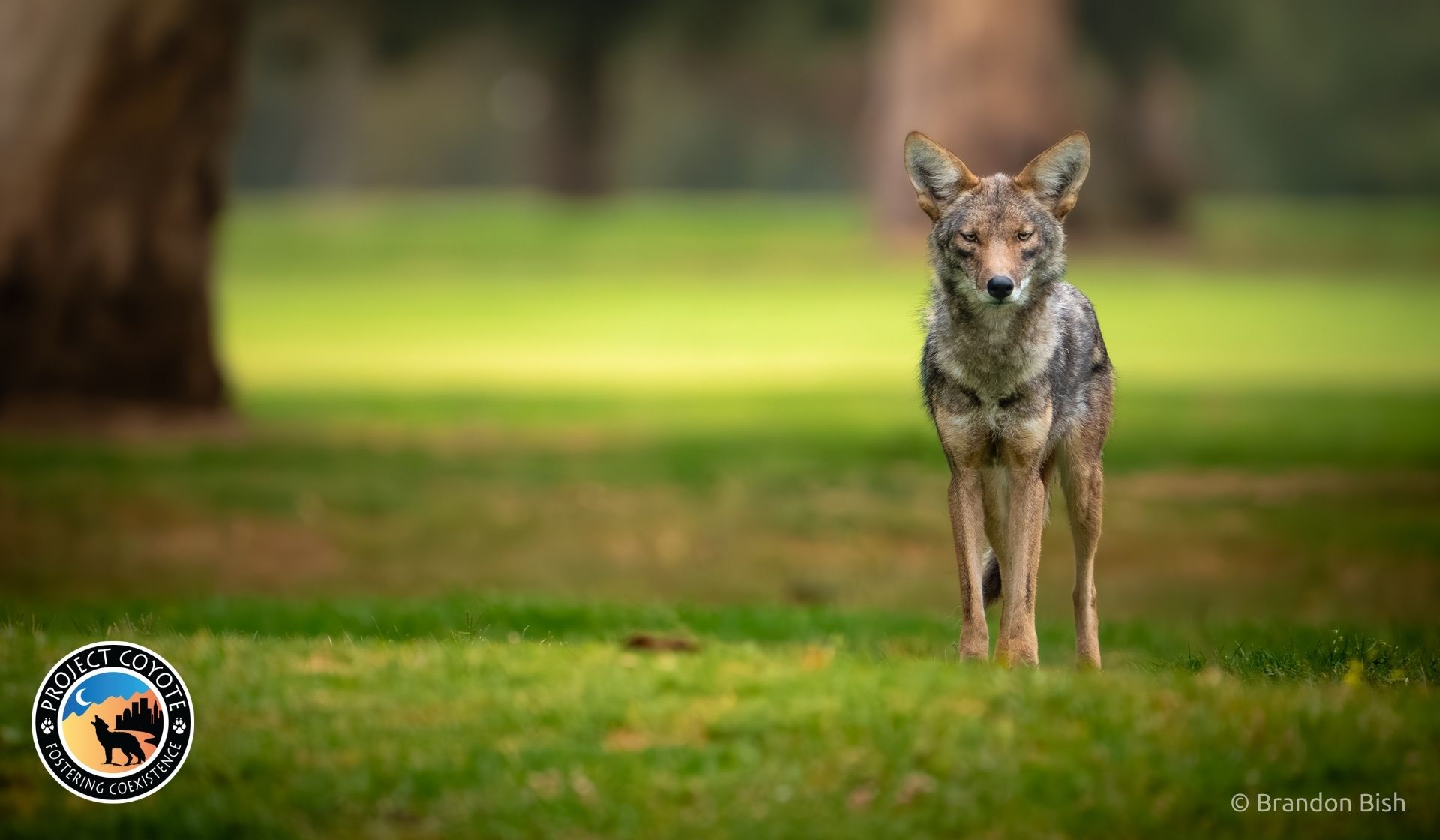Creating Corridors:
How Storytelling Fosters Empathy for Wild Kin
by Vanessa Chakour, Project Coyote Ambassador
We humans are a storytelling species, drawn to tales that illuminate worlds beyond our own. As children, we devour books like Charlotte’s Web, Winnie The Pooh, The Velveteen Rabbit, and Horton Hatches the Egg where animals are individuals with rich emotional lives. These books can awaken a deep empathy for other creatures, fostering a sense of kinship with the natural world. However, the stories we encounter aren’t always kind. Classic fables like “Little Red Riding Hood” portray animals in a binary of good versus evil, with cunning wolves cast as villains. While these tales may have served a purpose in earlier times, they can perpetuate negative stereotypes that overshadow the vital role wolves play in our ecosystem. This, in turn, may foster a misplaced fear of wolves and hinder our ability to see them as they are.
Whatever the reason, as we grow older, our emotional connection to other animals can sometimes fade. The realities of human-wildlife conflict, coupled with a more scientific understanding of animal behavior can erode feelings of kinship, replacing them with a sense of distance. But what if we could rekindle our childhood sense of wonder? What if writing, the very tool that shaped our early empathy (or in some cases, apathy) could be used to bridge this gap and inspire a renewed appreciation for our wild kin?
The power of storytelling goes far beyond mere entertainment; it’s a potent tool that can ignite change. For Regan Downey, education director of the Wolf Conservation Center, it all began with a book: Julie of the Wolves. This story, which blurs the lines between human-animal and wild animal, follows a young Inuk girl who finds comfort and family within a wolf pack. Recognizing a kinship that transcended the boundaries of species, Regan knew, after reading it, that she wanted to work with wolves. For almost a decade now, she has dedicated her life to educating others about wolves’ true nature. Regan’s experience exemplifies the transformative power of storytelling; it’s a reminder of the potential these narratives hold to inspire meaningful action.
We see this influence of storytelling everywhere, from social media campaigns to newspaper articles that spark outrage over environmental destruction. As an author and nature advocate, I’m constantly grappling with these questions: how can I use writing to evoke a deep empathy for our wild kin, and will that empathy translate into compassion, action, and lasting change?
With those questions in mind, I invite you to explore some writing exercises and to reflect on books that had a profound impact on your own view of the wild. The craft techniques below are just a few examples, and the tools you choose will vary depending on your story.
WRITING EXERCISES TO EXPLORE:
Inhabiting Their World
Building on the power of stories we read as children, an effective way to deepen empathy is by encouraging the reader to see the world from the animal’s perspective. Tales told from the viewpoint of a fox navigating a human neighborhood, a coyote struggling to find food in a fragmented habitat, or a wolf searching for a mate, bring readers into the complex landscape of an individual animal. By inhabiting their mind, the reader can begin to understand their challenges, fears, and desires. This shift in perspective dismantles the “us vs. them” mentality and helps readers experience the environment through their eyes.
Emotional Connection
By weaving a narrative rich in emotion, writers can ignite empathy in readers, allowing them to feel the world through the animal’s heart. A well-written story might describe a mother bear’s fierce protectiveness over her cubs, the loneliness of a wolf who lost her mate to a hunter, or the desperate struggle to survive a harsh winter. By tapping into emotions, both the writer and reader feel the world through the bear or wolf. This shared emotional experience invites us to see wild animals not just as instinctual creatures, but as individuals with complex feelings and loving relationships.
Vivid descriptions
Another powerful way to cultivate empathy through writing is by using vivid descriptions that bring an animal’s world to life. Imagine reading a passage that details the crisp morning air in a fox’s den and the playful nips and tumbles between kits. By engaging the reader’s senses, the writer can create a sense of immediacy and connection with the animal’s experience. This visceral connection brings the reader into the realm of the wild creature, dissolving stereotypes and promoting understanding.
A WRITING PROMPT:
Wildlife Crossing, Beyond the Statistics
Statistics tell a grim story – countless animals lose their lives on busy roads each year. But statistics are cold and impersonal. Neuroscientists have demonstrated that we internalize knowledge much more thoroughly through story than we do through lists and litanies of facts.
Try crafting a narrative that goes beyond the numbers. Become a fox, a desperate mother with kits waiting on the other side of a roaring highway. Let the reader experience the raw fear, the frantic search for a safe passage. Will you find a way across? Would a wildlife crossing change your fate?
ADDITIONAL EXERCISES & REMINDERS FOR IMPACTFUL STORYTELLING:
Research and Observe
Conduct thorough research on animal behavior, ecology, and social structures. Understanding their lives, challenges, and relationships is the foundation for crafting accurate nonfiction (or believable fiction) writing and building empathy.
Challenge Stereotypes
Wild relatives like coyotes are often portrayed as vicious threats. Challenge these stereotypes in your writing by highlighting their true nature and dispelling myths.
Sensory Storytelling
Craft stories that showcase the intelligence, family life, and struggles of wild carnivores. Use descriptive language to paint a picture of their world and the challenges they face.
Evoke Emotion
Evoke emotions in the reader. Describe the playful interactions between coyote pups, the fear they experience during human-coyote conflicts, or the hunger that drives their hunt.
Focus on the Individual
Give your coyote characters names and personalities. Readers connect more with individuals than with a nameless species.
Concrete Actions
Conclude your piece with ways readers can help coyotes or the animal in your story. This could include advocating for Project Coyote coexistence programs, supporting wildlife corridors, or educating others about coyote behavior.
By following these suggestions, you can craft a powerful and empathetic piece of writing that invites a deeper understanding and appreciation for coyotes and other wild relatives.
The stories we consume shape our perception of the natural world. While childhood tales like Charlotte’s Web nurture empathy for creatures, fables like Little Red Riding Hood perpetuate negative stereotypes. This disconnect between narrative and reality fuels misplaced fear and hinders our ability to see animals’ true nature. Yet, as Regan Downey’s experience with Julie of the Wolves demonstrates, narratives can spark a lifelong dedication to conservation. The challenge lies in harnessing this power: how can we craft stories that rekindle our childhood wonder and bridge the gap between humans and our wild kin?
Whether it’s a fictional story that inspires a child’s imagination or a heartfelt article that raises awareness about a specific threat, writing can be a powerful tool for transformation. Stories create neural pathways; they become us. So let us embrace the storyteller within and use the written word to create corridors between humans and wildlife, building a future where coexistence thrives.
If you’d like to explore these ideas and writing exercises further, join me for Writing For the Wild, an online course in partnership with Project Coyote. We’ll delve into the wildness within and around us, helping you develop your voice as a nature writer. 50% of proceeds will go towards Project Coyote’s efforts to protect North America’s wild carnivores and promote compassionate coexistence through education, science, advocacy, and coalition building.
Vanessa Chakour is an Artists for Wild Nature Ambassador for Project Coyote. An author, nature advocate and rewilding facilitator, she fosters connection between the inner and outer wilds through writing, foraging, herbalism, boxing, and land stewardship. Vanessa is the author of Awakening Artemis (Penguin 2021) a memoir told through the lens of 24 medicinal plants, and the forthcoming Earthly Bodies: Embracing Animal Nature (Penguin 2024).

